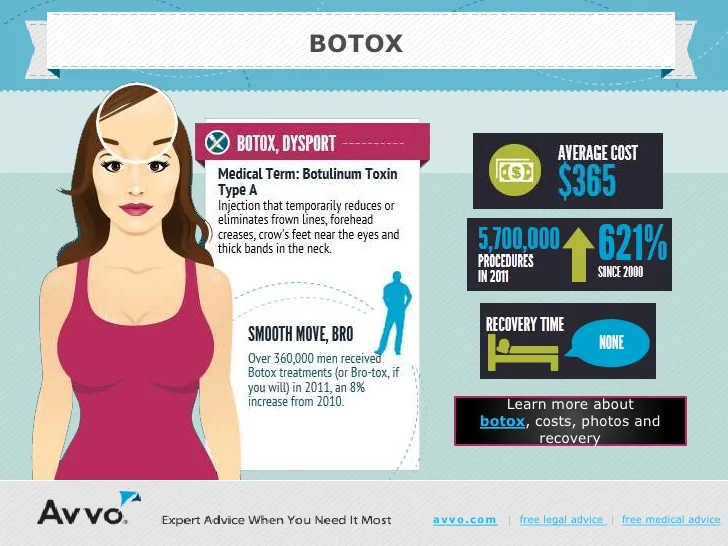What Is The Best Treatment For Deep Scars
What Is The Best Treatment For Deep Scars
Blog Article
Hormonal Acne - What is Hormone Acne?
Hormonal acne is defined by clogged pores and oily skin that normally shows up on the chin and jawline. It happens when hormonal adjustments cause swelling and bacterial overgrowth within hair follicles.
Outbreaks might appear as whiteheads, blackheads, papules or pustules and cysts or nodules in much more severe situations. It is a lot more usual in teenagers experiencing puberty but can affect adults of any type of age.
What Triggers Hormonal Acne?
While acne can be triggered by a range of aspects, consisting of making use of hair and skin treatment items that aren't oil-free or made with active ingredients that can clog pores, genetic predisposition, diet,2 and stress, the source is changing hormones. Hormonal acne happens when the body experiences hormonal modifications and changes that cause an overproduction of sebum, which causes inflammation, enhanced growth of bacteria and modifications in skin cell task.
Hormone acne is commonly located on the reduced jawline, cheeks and neck but can appear anywhere on the body. It is identified by imperfections that are cystic, painful and filled with pus or other material. It is additionally more likely to happen in ladies than men, especially during adolescence, the menstruation, maternity or menopause.
Age
While many kids experience acne at some point during adolescence, it can remain to torment grownups well right into the adult years. Called hormone acne, this type of outbreak is connected to changes in hormones and is usually most typical in ladies.
Hormonal acne occurs when oil glands create excessive sebum, which clogs pores and traps dead skin cells. This leads to the development of acnes, such as whiteheads, blackheads and papules, pustules, cysts or nodules, deep under the surface.
This sort of acne typically triggers pain, inflammation and inflammation. It may likewise be cyclical and appear around the exact same time monthly, such as right before your period starts. This is because levels of female hormonal agents like progesterone and oestrogen rise and fall with each menstruation.
Menstruation
Hormonal acne generally appears in the reduced part of your face, along the jawline and cheeks, as whiteheads, blackheads or inflammatory acnes (pimples and cysts). It's most likely to show up around the time when your menstrual cycle adjustments.
Specifically around ovulation, when estrogen and progesterone levels are on the surge, hormonal agent changes can cause outbreaks. Yet it's likewise possible to obtain acne at any type of point throughout your 28-day menstruation.
If you discover that your hormonal acne flare right prior to your period, try seeing when precisely this happens and see if it connects to the stages of your 28-day menstrual cycle. This will aid you identify the root causes of your skin problems. For instance, you may wish to work on stabilizing your blood sugar level and eliminating high-sugar foods, or take into consideration a prescription medicine like spironolactone that can control your hormonal agents.
Maternity
Growing an infant is a time of dramatic hormone modifications. For several ladies, this includes a flare-up of hormone acne. This kind of breakout commonly begins in the initial trimester, around week 6. It's triggered by hormone rises that boost sebaceous glands to make more oil, which can obstruct pores and trigger even more germs to build up.
Breakouts may likewise occur as a result of pre-existing problems like polycystic ovary syndrome, which can additionally be a problem while pregnant and menopause. Likewise, some sorts of contraceptive pill (such as Ortho Tri-Cyclen and YAZ) can trigger hormone acne in some women.
Thankfully, the majority of acne treatments are "no-go" for expectant women click here (consisting of popular acne-fighting components such as isotretinoin and spironolactone). But if you can't stay clear of those bothersome bumps, your doctor might recommend dental erythromycin or cephalexin, which are risk-free during pregnancy.
Menopause
As women come close to menopause, the estrogen degrees that caused their hormonal agent acne to flare up throughout adolescence start to stabilize and lower. At the same time, however, a spike in androgens (likewise called male hormonal agents) occurs since these hormonal agents can't be exchanged estrogen as effectively as previously.
The unwanted of androgens can set off oil manufacturing by the sebaceous glands, which blocks pores. When the clogged up pores ended up being swollen and irritated, a pimple kinds.
Hormonal acne is usually seen on the face, specifically around the chin and jawline, but it can take place on the neck, back, shoulders, or chest. This kind of acne often tends to flare up in a cyclical pattern, comparable to the menstruation. Tension, which boosts cortisol and throws hormones out of balance, likewise contributes to the breakouts.